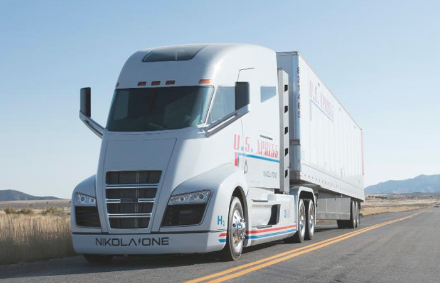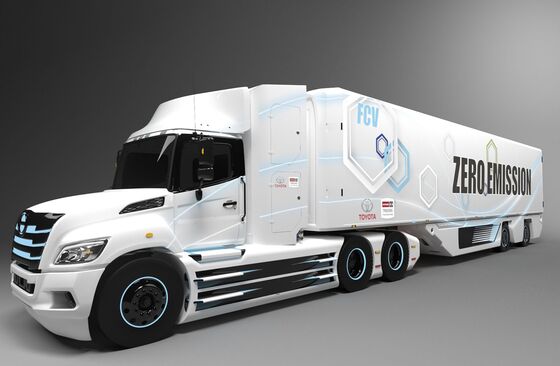Further hyundai also seeks to launch its first fuel cell suv in india by 2021 and plans on building the required infrastructure for it in and around delhi ncr area.
Hydrogen fuel cell trucks in india.
Early demand markets for hydrogen include fuel cells for trucking balancing supply and demand in the power sector and replacing fossil fuels in industry.
Part of an order for 1 600 trucks that will be delivered between january 2020 and 2025 the vehicles will be leased out through hyundai hydrogen.
Here come toyota and hino ready to shake things up.
With two cars and a rooftop power pack containing fuel cells and hydrogen.
While it s still early days for hydrogen in india industry leaders such as toyota tsusho corp.
The first of hyundai s hydrogen fuel cell powered heavy duty trucks will be put to work in 2020 on the roads of switzerland in what promises to be a landmark date for the haulage industry in europe.
Fuel cell trains and trucks power up for the 2020s.
A hydrogen fuel cell bus has been launched in india by tata motors in collaboration with the indian space research organization isro and indian oil iocl.
Toyota back in 2017 which honestly feels like one or two lifetimes ago toyota showed off project portal a fuel cell powered semi truck it.
A hydrogen fuel cell bus was launched in 2019 in india by tata motors in collaboration with the indian space research organization isro and indian oil iocl.
The potential scale of hydrogen use in india is huge.
Hydrogen s big step forward.
Hyundai hopes to roll out a total of 1 600 xcient fuel cell s by 2025 reflecting what the company describes as its commitment to clean mobility and vision for a future hydrogen society xcient fuel cell is a present day reality not as a mere future drawing board project said in cheol lee executive vice president and head of.
Pilots of hydrogen powered vehicles are on and india is on course to have buses that run on hydrogen spiked fuel soon.
The attractiveness of hydrogen power has long been that it simply combines hydrogen fuel h2 with oxygen o2 in the air to create energy with a byproduct of water.
Increasing between 3 and 10 times by 2050.









